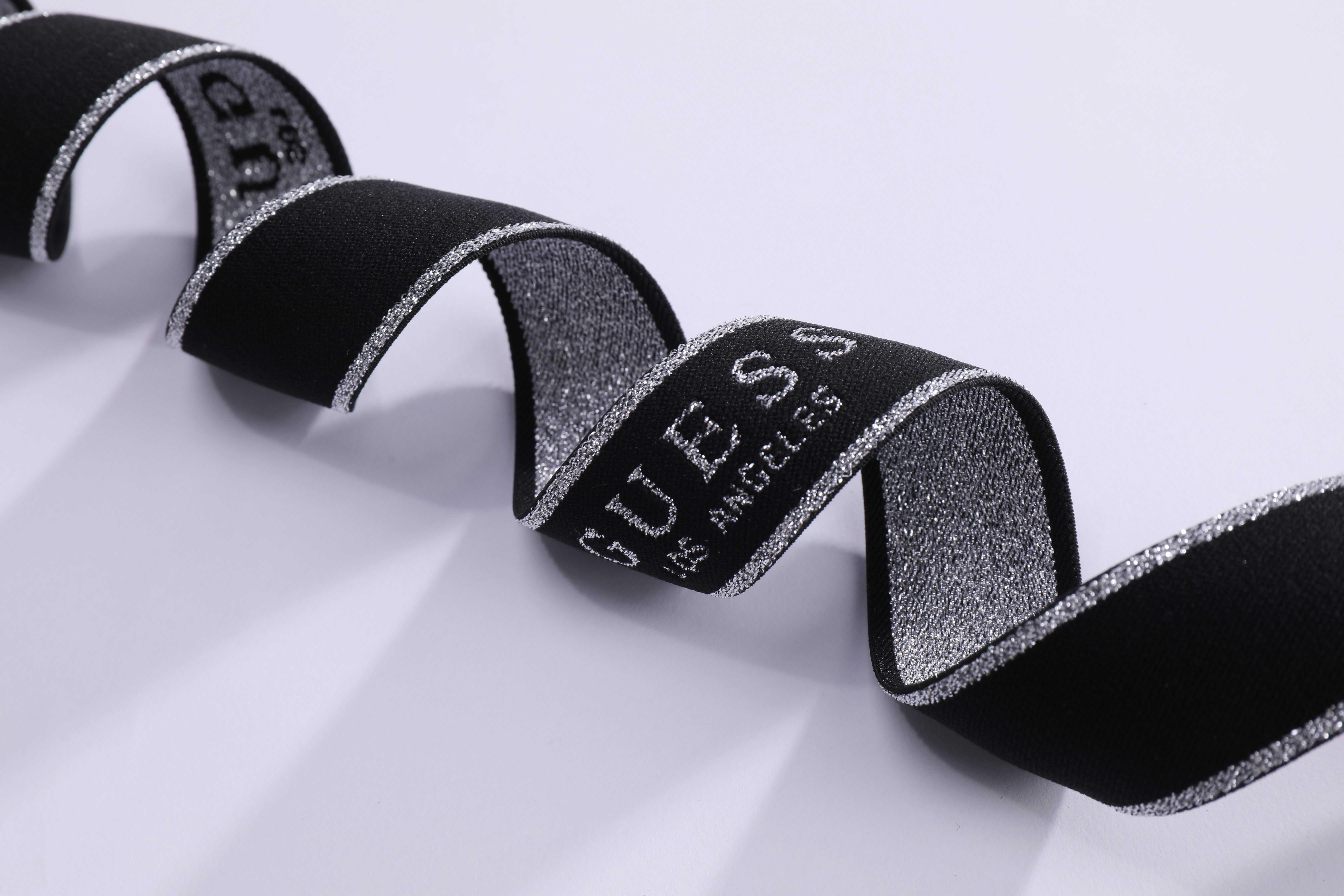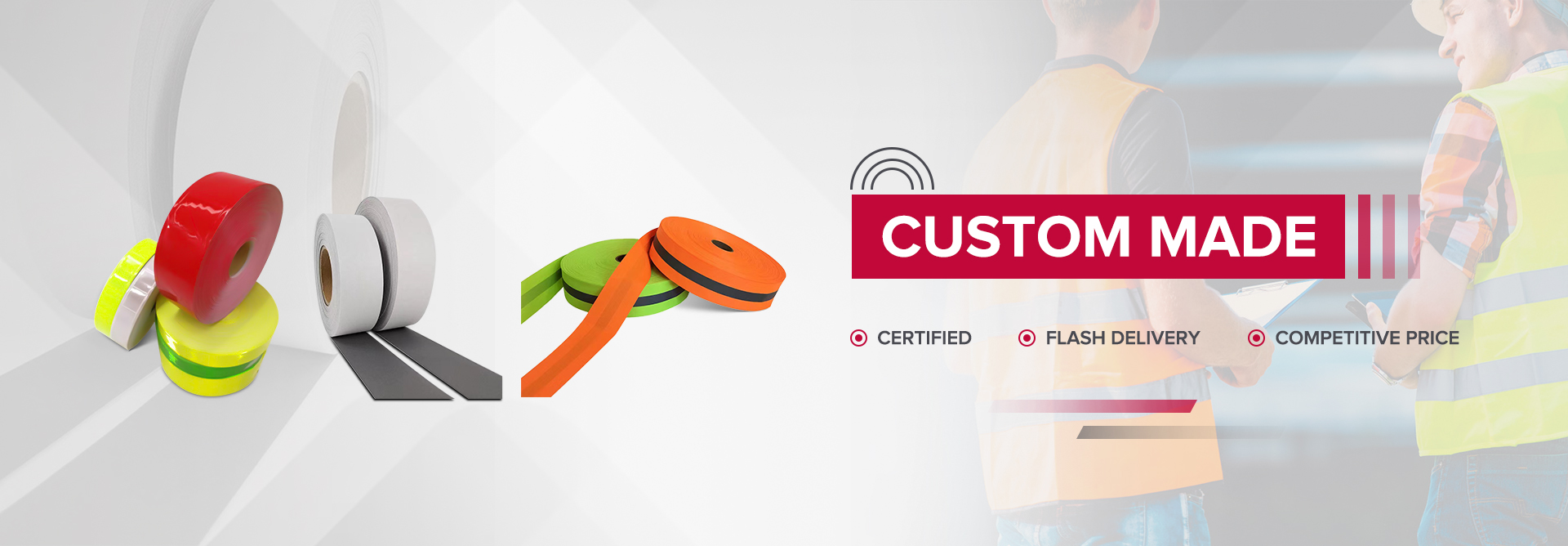The Importance of Water-Repellent Materials in Marine Environments

In the realm of outdoor and marine environments, the challenges posed by water exposure are a constant concern. Understanding these challenges is crucial for developing effective solutions that can withstand the harsh conditions encountered in these settings.
Understanding the Challenges of Water Exposure
Research on water-repellent agents has revealed valuable insights into the impact of coating layers on the physical properties of cotton woven fabrics. It was found that the number of coating layers for water-repellent agents led to increased thickness, weight, and stiffness. Notably, fluorine- and silicone-based agents demonstrated minimal increases in properties, while wax-based agents considerably enhanced them. This highlights the significance of selecting the appropriate water-repellent agent to achieve optimal performance in outdoor and marine applications.
Moreover, a comparative analysis showed varying water repellency ratings with different coating layers. For instance, a fluorine-based agent exhibited low water repellency even with five coating layers, while a silicone-based agent achieved higher ratings with the same number of layers. Intriguingly, a wax-based agent attained the highest water repellency rating with just one coating layer. These findings underscore the importance of choosing the right type and number of coating layers to maximize water repellency in materials used for outdoor and marine purposes.
Why Water-Repellent Solutions Matter
Water-repellent materials play a pivotal role in outdoor and marine environments due to their hydrophobic and oil-repellent properties. They offer self-cleaning capabilities, facilitate oil/water separation, and reduce fluid drag. Additionally, durable water repellent (DWR) coatings are applied to fabrics at factories to confer water resistance, often in conjunction with waterproof breathable fabrics to maintain breathability while preventing saturation.
Furthermore, advancements in water-repellent technologies have yielded innovative solutions such as armour-plated superhydrophobic surfaces developed by researchers at Aalto University. These surfaces are utilized in medical settings to repel water effectively, thereby preventing the spread of bacteria, viruses, and other pathogens. Such developments underscore the critical role of water-repellent materials not only in outdoor activities but also in safeguarding human health.
Unveiling the Advantages of Water-Repellent Webbing Tape
In the realm of outdoor and marine environments, the utilization of water-repellent webbing tape offers a myriad of advantages that significantly enhance performance and durability. Let's delve into the distinct benefits that make water-repellent webbing tape an indispensable choice for various applications.
Durability and Longevity
Resistance to Water Damage
Water-repellent webbing tape, in contrast to non-treated materials, exhibits exceptional resistance to water damage. The incorporation of PVC coating renders it highly durable and abrasion-resistant, ensuring prolonged functionality even in challenging conditions. This unique feature makes it an ideal choice for applications where exposure to moisture is inevitable, such as marine upholstery, protective covers, and tarpaulins.
Reduced Maintenance Needs
The combination of PVC fabric and thermoplastic polyurethane (TPU) gives water-repellent webbing tape unique features such as durability, water resistance, and bacteria resistance. This not only prolongs its lifespan but also reduces maintenance requirements, making it a cost-effective solution for long-term use in outdoor and marine settings.
Versatility in Use
Wide Range of Applications
Water-repellent webbing tape's versatility extends across a wide range of applications due to its exceptional properties. From camping and hiking gear to outdoor apparel and accessories, its water-resistant nature makes it an ideal choice for products that are exposed to the elements. Additionally, its 100% water and bacteria-resistant characteristics make it suitable for medical equipment straps and harnesses.
Customization Options
The unique combination of PVC fabric and thermoplastic polyurethane (TPU) provides water-repellent webbing tape with customizable features that cater to diverse application needs. Whether it's adjusting the width or incorporating specific color requirements, this level of customization ensures that the webbing tape seamlessly integrates into various products while retaining its water-repellent properties.
By leveraging these distinctive advantages offered by water-repellent webbing tape, manufacturers can enhance the performance and longevity of their products in outdoor and marine environments while minimizing maintenance efforts.
Practical Applications of Water-Repellent Webbing Tape
Water-repellent webbing tape finds practical applications in a variety of settings, offering durability, versatility, and water resistance. Its unique properties make it an indispensable choice for both outdoor and marine environments.
In the Great Outdoors
Camping and Hiking Gear
Water-repellent webbing tape is extensively utilized in the manufacturing of camping and hiking gear. From backpack straps to tent tie-downs, its water-resistant nature ensures that essential equipment remains dry and reliable even in damp conditions. The durability and abrasion resistance of webbing tape make it well-suited for withstanding the rigors of outdoor excursions, providing peace of mind to adventurers exploring the great outdoors.
Outdoor Apparel and Accessories
In the realm of outdoor apparel and accessories, water-repellent webbing tape plays a crucial role in enhancing the performance and longevity of products. It is commonly integrated into backpacks, outdoor footwear, and rain gear to reinforce seams, straps, and closures. Additionally, its color fastness ensures that the vibrant hues of outdoor clothing remain intact despite exposure to moisture, preserving both functionality and aesthetics.
On the High Seas
Marine Upholstery and Sails
The marine industry benefits significantly from the utilization of water-repellent webbing tape in upholstery applications. Whether it's securing boat covers or reinforcing marine upholstery, its water-resistant properties provide essential protection against saltwater exposure. Moreover, when incorporated into sails, webbing tape contributes to their structural integrity by withstanding harsh marine conditions while maintaining flexibility for optimal sail performance.
Protective Covers and Tarpaulins
Water-repellent webbing tape serves as a cornerstone in the fabrication of protective covers and tarpaulins used in marine environments. Its ability to resist water penetration ensures that valuable cargo remains shielded from moisture during transport or storage. Furthermore, its durability enables these covers to withstand prolonged exposure to saltwater spray and inclement weather without compromising their protective capabilities.
By seamlessly integrating water-repellent webbing tape into these practical applications, manufacturers can enhance product performance while ensuring resilience against environmental challenges encountered in both outdoor adventures and marine activities.
Tips for Maximizing the Benefits of Water-Repellent Webbing Tape
When it comes to maximizing the benefits of water-repellent webbing tape, selecting the right material tailored to specific needs is paramount. Additionally, proper installation and maintenance practices are essential for ensuring optimal performance and longevity in outdoor and marine environments.
Selecting the Right Material for Your Needs
Assessing Material Properties
Experts from various sources emphasize the significance of assessing material properties when choosing water-repellent webbing tape. Different types of water-repellent agents and coating layers can significantly affect the physical properties of fabrics. For instance, waterproof webbing made of PVC fabric and thermoplastic polyurethane offers unique features such as durability, water resistance, and bacteria resistance. This combination not only prolongs its lifespan but also reduces maintenance requirements, making it a cost-effective solution for long-term use in outdoor and marine settings.
Moreover, considering wearer comfort alongside water repellency is crucial in selecting the appropriate material. Polyester webbing is ideal for hammock camping due to its strength and lack of stretch, while polypropylene webbing's water-resistant properties make it suitable for outdoor activities. Polypropylene webbing does not absorb liquids, making it an excellent choice for outdoor clothing and marine applications.
Considering Environmental Conditions
In addition to assessing material properties, environmental conditions should be taken into account when choosing water-repellent webbing tape. The need to reapply durable water repellent (DWR) coatings after washing highlights the importance of understanding how environmental factors impact water repellency. Reapplication of DWR is necessary to maintain optimal water repellency levels over time, especially in settings where frequent exposure to moisture is expected.
Furthermore, different types of webbing fabrics are better suited for certain outdoor tasks than others. Understanding these distinctions allows manufacturers to tailor their choices based on specific environmental demands, ensuring that the selected materials align with the intended applications.
Proper Installation and Maintenance
Installation Best Practices
Proper installation practices are critical in maximizing the benefits of water-repellent webbing tape. When integrating this specialized tape into products such as camping gear or marine upholstery, attention to detail during installation ensures optimal functionality. Waterproof webbing's generous stretch creates a taut surface with enough give for prolonged sitting without excess sagging or sinking, making it suitable for both indoor and outdoor use.
Additionally, understanding how different materials interact during installation is essential for achieving seamless integration within various products. Whether it's securing boat covers or reinforcing protective tarpaulins used in marine environments, meticulous installation practices contribute to enhanced performance and longevity.
Routine Care and Maintenance Tips
Routine care and maintenance play a pivotal role in preserving the effectiveness of water-repellent webbing tape over time. Despite its thickness, waterproof webbing is easy to clean with soap and water—a feature that simplifies maintenance efforts without compromising its durability.
Furthermore, regular inspection can help identify any signs of wear or damage early on, allowing for timely repairs or replacements as needed. By adhering to routine care guidelines provided by manufacturers such as Pet Hardware or Houseables—known for their expertise in producing high-quality waterproof webbing—users can ensure that their products maintain their efficacy throughout their lifespan.
Incorporating these tips into product selection processes ensures that water-repellent webbing tape meets specific needs while thriving in diverse environmental conditions through proper installation practices and diligent maintenance routines.
Moving Forward: Implementing Water-Repellent Webbing Tape in Your Projects
Taking the First Step
When considering the integration of water-repellent webbing tape into your projects, it is essential to take the first step by understanding the unique features and benefits that this specialized material offers. Waterproof webbing is crafted from a combination of PVC fabric and thermoplastic polyurethane (TPU), imparting it with exceptional durability, water resistance, and bacteria resistance. This distinctive composition ensures that the webbing tape can withstand challenging environmental conditions while maintaining its functionality over time.
In an interview with industry professionals, valuable insights were shared regarding the innovative use and benefits of water-repellent webbing in projects. The core of the webbing consists of a PVC fabric over which a layer of thermoplastic polyurethane (TPU) is applied, providing it with unique features that cater to diverse application needs.
Finding Quality Suppliers
Finding quality suppliers for water-repellent webbing tape is crucial for ensuring that your projects benefit from high-performance materials. When seeking suppliers, it is important to prioritize those who offer a comprehensive understanding of the unique properties and applications of waterproof webbing. Look for suppliers who are knowledgeable about the specific characteristics of PVC fabric and thermoplastic polyurethane (TPU) and can provide guidance on selecting the most suitable type of webbing tape for your intended use.
Additionally, reputable suppliers should be able to offer customization options tailored to your project requirements. Whether it's adjusting the width, incorporating specific color requirements, or providing expert advice on installation best practices, partnering with quality suppliers enhances the seamless integration of water-repellent webbing tape into your projects.
A Call to Action: Embrace Innovation for Enhanced Performance
As you move forward with implementing water-repellent webbing tape in your projects, it's essential to embrace innovation for enhanced performance. Leverage the unique features of waterproof webbing to elevate the durability, functionality, and longevity of your products in outdoor and marine environments. By prioritizing innovative solutions and collaborating with knowledgeable suppliers, you can ensure that your projects are equipped with materials that excel in challenging conditions.
Incorporating waterproof webbing into your projects not only enhances their performance but also contributes to sustainable practices by reducing maintenance needs and prolonging product lifespans. Embracing innovation in material selection sets a precedent for elevating project outcomes while aligning with evolving industry standards.
By taking proactive steps towards integrating water-repellent webbing tape into your projects and partnering with reputable suppliers who prioritize innovation, you pave the way for enhanced performance and resilience in outdoor and marine environments.
In conclusion, embracing innovative solutions through waterproof webbing empowers you to elevate project outcomes while contributing to sustainable practices within outdoor and marine industries.
Post time: Apr-25-2024



